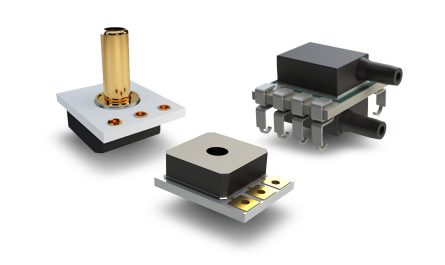What are Flat Flex Cables?
Flat cables, also known as flexible flat cables or flex cables, are a type of cable that is flat and flexible used to connect electronic circuits together in devices. They consist of a thin polyester or polyimide film with embedded metal signal and ground planes that can better distribute traces and minimize noise. The traces are extremely thin, usually gold plated copper, bonded to one side of the polyester film using an adhesive. This allows for tight bends and routing around components.
Construction and Design
Flat flex cables are constructed in a multi-layer design which allows for increased connection density and functionality. The base layer is a thin polyimide film around 25 to 125 microns thick that provides mechanical strength and flexibility. Embedded within the film are multiple thin copper circuit layers that are generally around 9 to 35 microns thick and separated by a thinner polyimide inter-layer. These circuits can be single or double sided configurations with signal, power and ground planes running in parallel traces. Topping each circuit layer is a protective coverlay, another polyimide film coated with an acrylic adhesive.
The layers are bonded tightly together under heat and pressure into a single flexible tape. Via holes connect the circuit layers and allow signals to pass between them. The outer protective coverlay seals the circuits and prevents mechanical damage or corrosion. Edge connectors along one or both long edges provide connections points. Flat cables can come terminated with connectors or tails for soldering.
Advantages Over Traditional Wiring
Compared to traditional wiring harness bundles, flat cables offer several key advantages for electronics design and assembly. Their thin flat profile allows them to be easily routed into tight spaces between components. This maximizes available internal volume and minimizes wasted space. Bends down to 0.5mm radii are possible without damage. Their ribbon-like format is also simpler to install than discrete wires which tangles easily.
Noise isolation is superior as well. Keeping signals separately routed on the same plane minimizes crosstalk and electromagnetic interference. Grounds and power are similarly isolated. Flexibility also enables stress relief which increases durability over repeat flexing. Flat cables can withstand high flex life cycles exceeding 10,000 bends. Production is cheaper and faster as well. Mass manufacturing allows boards to be produced on a large scale cost effectively.
Typical Applications
Given their advantages, flat cables find wide application in consumer electronics, industrial equipment, automotive, aerospace and more. Common uses include data bus connections between PC motherboards and hard drives/optical drives. They connect LCD panels to video cards and cable modems/routers to computers. In laptops and mobile devices, they route signals between the hinge and display. Other applications include industrial machine control interfaces, automotive sensor connections and aircraft cockpit instrument links. Medical devices also employ them for compact portability between modules. Flat cables provide a optimal blend of high performance connectivity and flexible miniaturization highly valued across industries.
Reliability Considerations
While very flexible and durable, flat cables do have limitations to consider. Repeated sharp bends can work harden and eventually crack the insulating film layers over time. Contaminants like dust or liquids may cause shorts if they penetrate the protective overlays. Voltage requirements also factor in as higher voltages require thicker circuit traces. Environmental exposures like temperature cycling or chemical vapors can potentially degrade the polyimide and adhesives.
Proper handling is important to prevent damage during manufacturing and assembly. Flat cables are more fragile than typical wiring and need care not to be crushed or snapped during installation. Connectors should mate smoothly without forcing. Bend radii, especially during flexing, need to respect minimum specifications. Environmental sealing may be necessary in some applications exposed to moisture, dust or chemicals. With reasonable precautions however flat cables have very good reliability.
Growth Potential
As electronics continue to miniaturize and populate more densely with higher connections counts, the need for smaller, more flexible interconnect solutions grows. Flat cables meet this need admirably. Advancing manufacturing technologies now enable even narrower traces, additional circuit layers and lower profiles, further enhancing their capabilities. New flexible printed circuit technologies may eventually merge elements of flat cables with rigid flex and other hybrid designs.
In Summary, flat flex cable usage is forecast to continue expanding significantly across many applications needing robust yet flexible connectivity in performance critical, space constrained devices. Their versatility makes them invaluable contributors to the form factors and functionality of modern electronic systems.
*Note:
1. Source: Coherent Market Insights, Public sources, Desk research
2. We have leveraged AI tools to mine information and compile it




